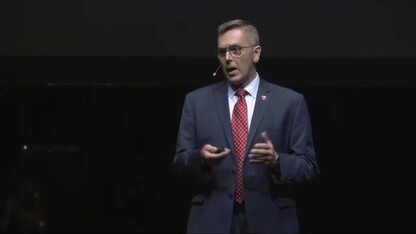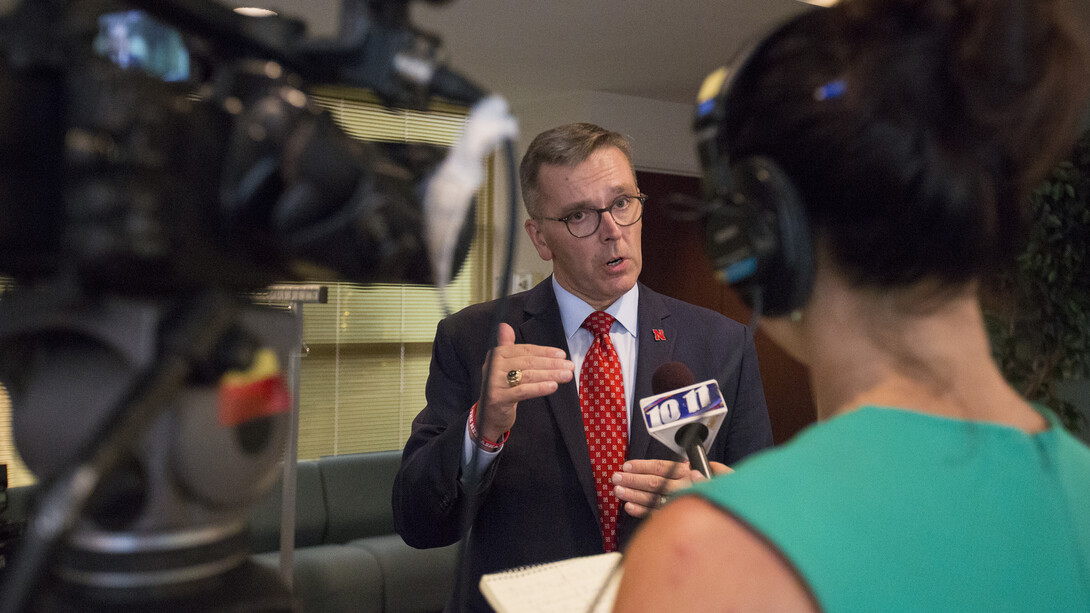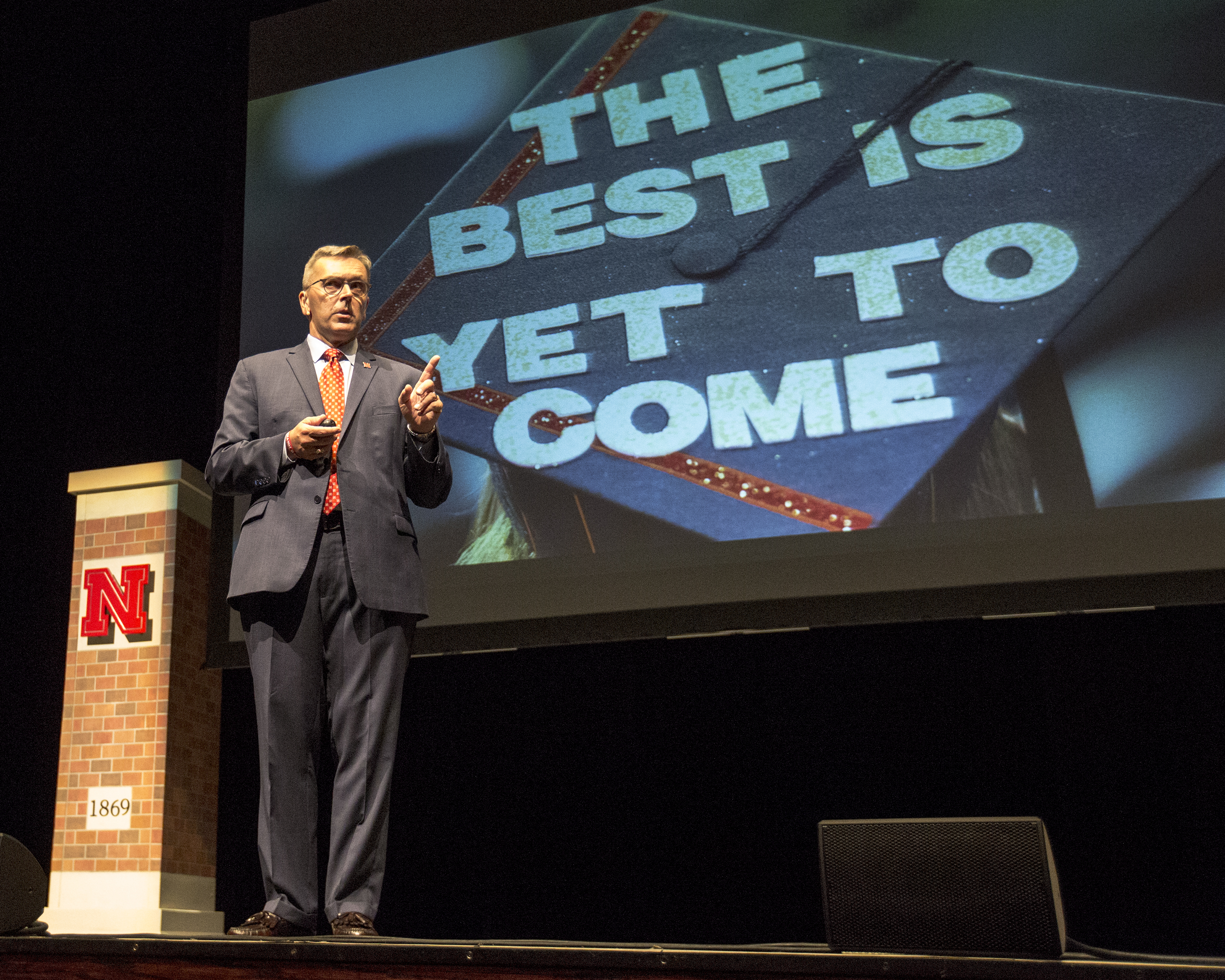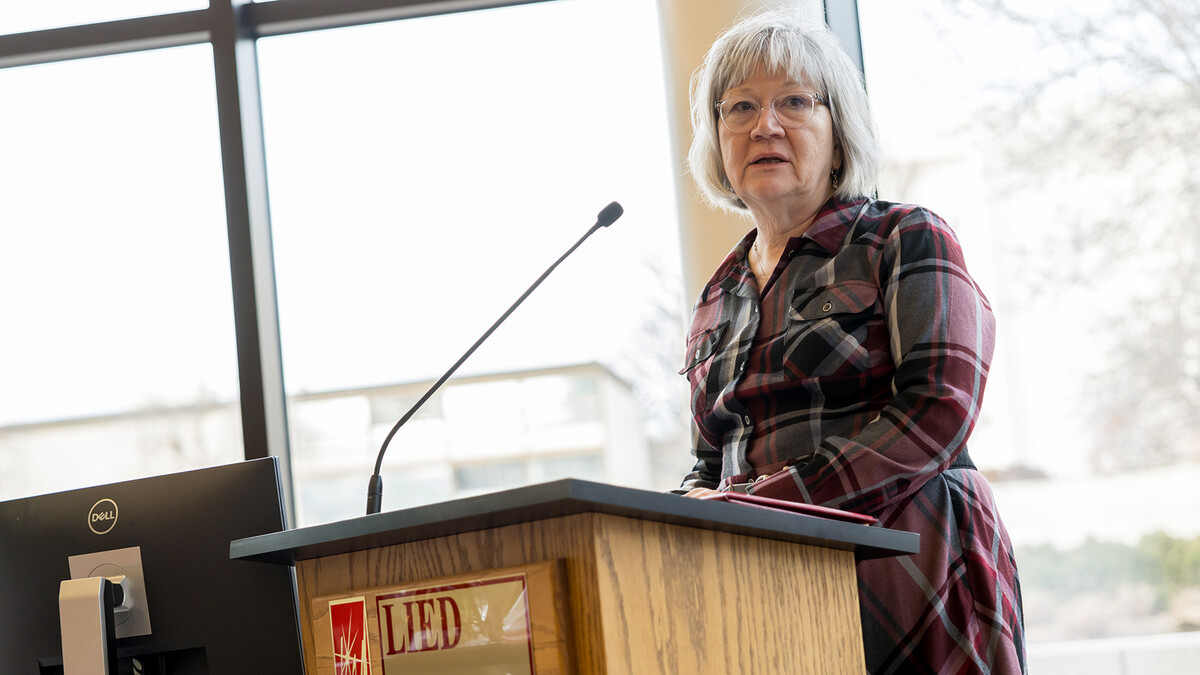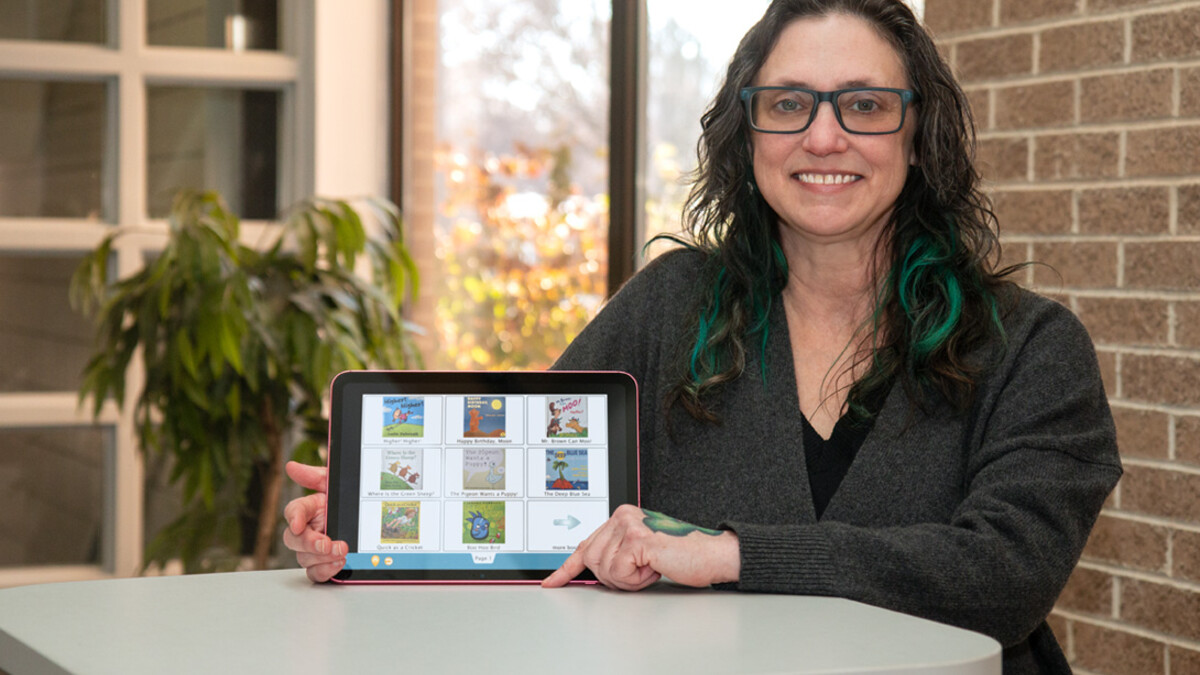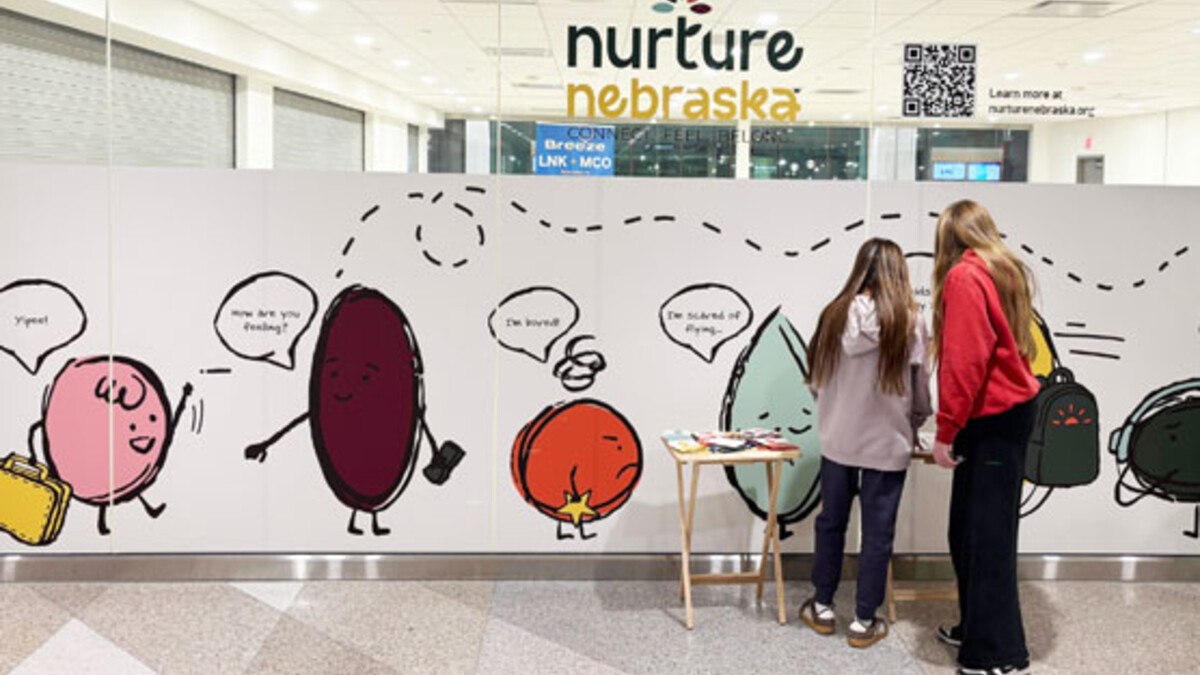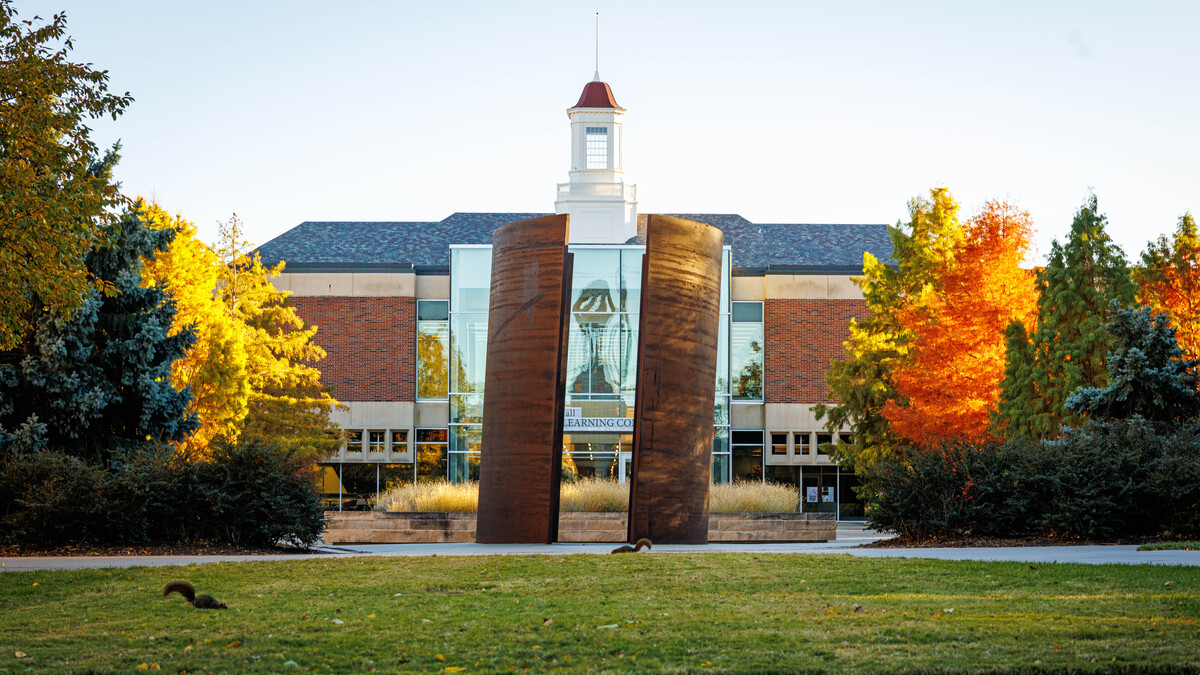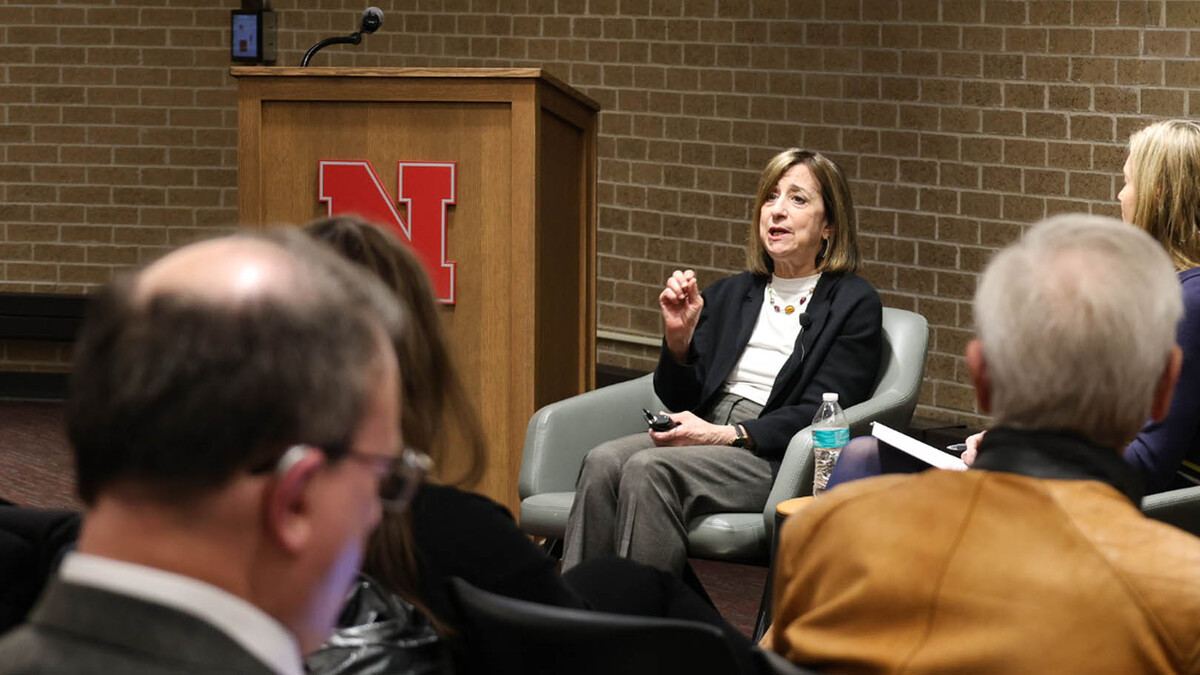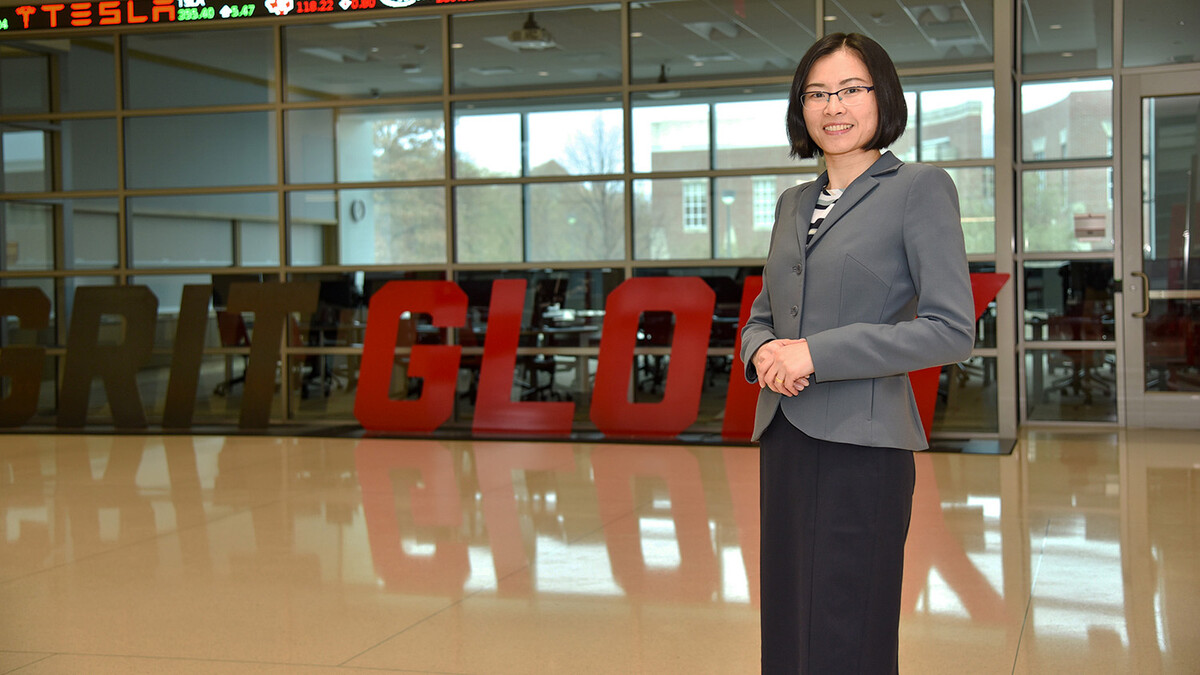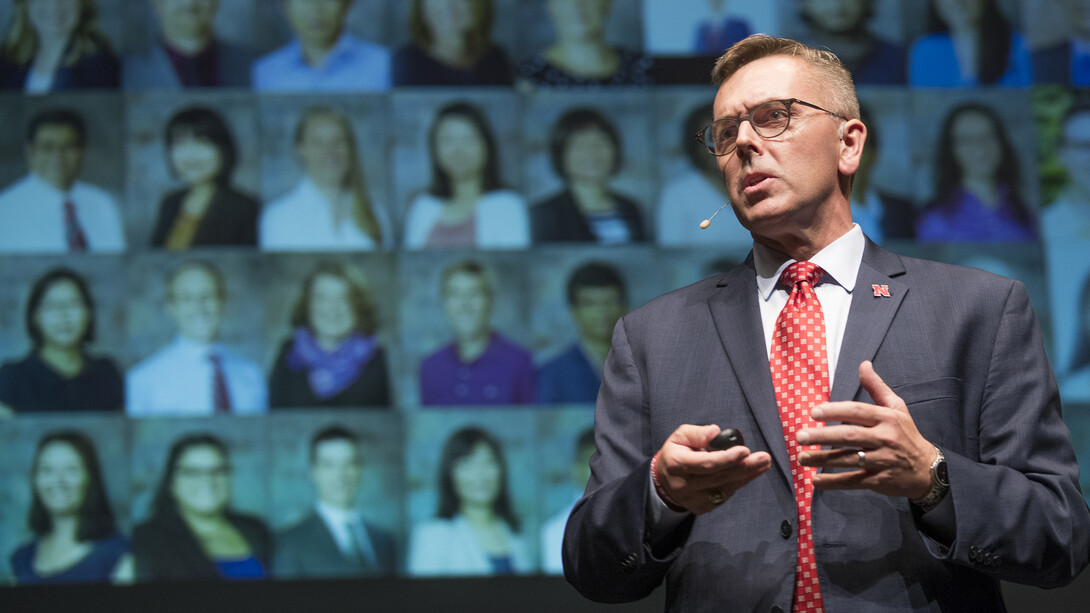
To make its mark in the Big Ten, the nation and the world, the University of Nebraska-Lincoln must grow intelligently and distinguish itself from other conference institutions, Chancellor Ronnie Green said.
Smart growth was the centerpiece of Green’s inaugural State of the University address Sept. 22 at the Lied Center for Performing Arts.
“As we mature into the Big Ten, it’s not all about size. It’s about being distinctive in what we do,” said Green, who became the university’s 20th chancellor on April 6.
And one of Nebraska’s key strengths is its focus on students, he said.
“We’re distinctive in that way and we seek to become more distinctive as we move forward,” he said in remarks to the media after his speech.
A complete transcript of the address is available here.
During his 60-minute address, Green drew a picture of the university in the year 2025: 35 percent larger, with 35,000 students; a doubling of research expenditures to $600 million per year; and increasing diversity of students and faculty from other states, other nations and an increasing array of socioeconomic, racial and ethnic backgrounds.
While it remains important to recruit more students to the flagship campus of the University of Nebraska system, Green also called for significant increases in retention and graduation rates among students.
He wants to see first-year retention rates grow from the current 83 percent to 90 percent and to move from the current graduation rate of 67 percent in six years to more than 80 percent in four years.
“That’s a win for the state of Nebraska, for bringing talent here in the form of high-caliber students, who will hopefully stay,” he said.
But growing larger in a way that makes sense for the university and the state is achievable only if the university leverages its strengths. To become a distinctive Big Ten university, Nebraska will emphasize student and faculty success in areas of excellence, including plant sciences, early childhood development, food security, nanomaterial research, brain, biology and behavior, the social sciences and the humanities.
Part of becoming a bigger university should include increases in the number of graduate students, particularly those seeking doctoral and professional degrees and a larger faculty and staff. Green said he could envision the university’s faculty and staff increasing from its current 6,427 to about 9,000 as enrollment and research activity grow.
While much of Green’s address looked forward, he lauded a number of examples that he said showed Nebraska’s momentum since it joined the Big Ten Conference in 2011, including:
An all-time high enrollment this fall of 25,897 students – the most diverse undergraduate student body ever that also includes the largest freshman class (4,860 students) in the history of the university.
A record 11 students earning Fulbright fellowships in 2015-16, surpassing the old record of nine five years ago.
A high-water mark of nearly $300 million in external research funding in the past year.
Eight new fellows of the prestigious American Association for the Advancement of Science in 2016, a single-year record for the university, tied with Stanford University for second most in the nation behind Duke University.
Green stressed the importance of his institution’s role as the flagship campus of the University of Nebraska system and pledged to deepen research and teaching relationships with sister institutions the University of Nebraska Medical Center, the University of Nebraska at Omaha, the University of Nebraska at Kearney, and the Nebraska College of Technical Agriculture at Curtis.
“We have a responsibility to lead and we have a responsibility to move to higher levels” for the betterment of the university system, the state and the nation, he said.
More work needs to be done to refine his goals, Green added, saying that he would launch a new strategic plan in the coming year. He also is working to build a “dream team” of administrative leaders as he fills currently vacant positions and restructures some key roles.
The next decade will bring more public-private partnerships as the university continues to build out the Nebraska Innovation Campus, a public-private research park at the site of the former Nebraska State Fairgrounds. The campus currently stands at 380,000 square feet, three-fourths of which is occupied by University of Nebraska entities. The goal is to expand to 1.5 billion square feet of facilities, two-thirds occupied by private businesses with an increasingly diverse portfolio of research activities.
Green concluded his speech with a brief tribute to Husker football player Sam Foltz, who recently died in a car crash. Foltz’s motto – displayed on large banners in the student section during the Fresno State game – was “Stay humble, work hard, dream big.”
“That’s what we’re doing at the University of Nebraska-Lincoln,” Green said. “Go Big Red.”
